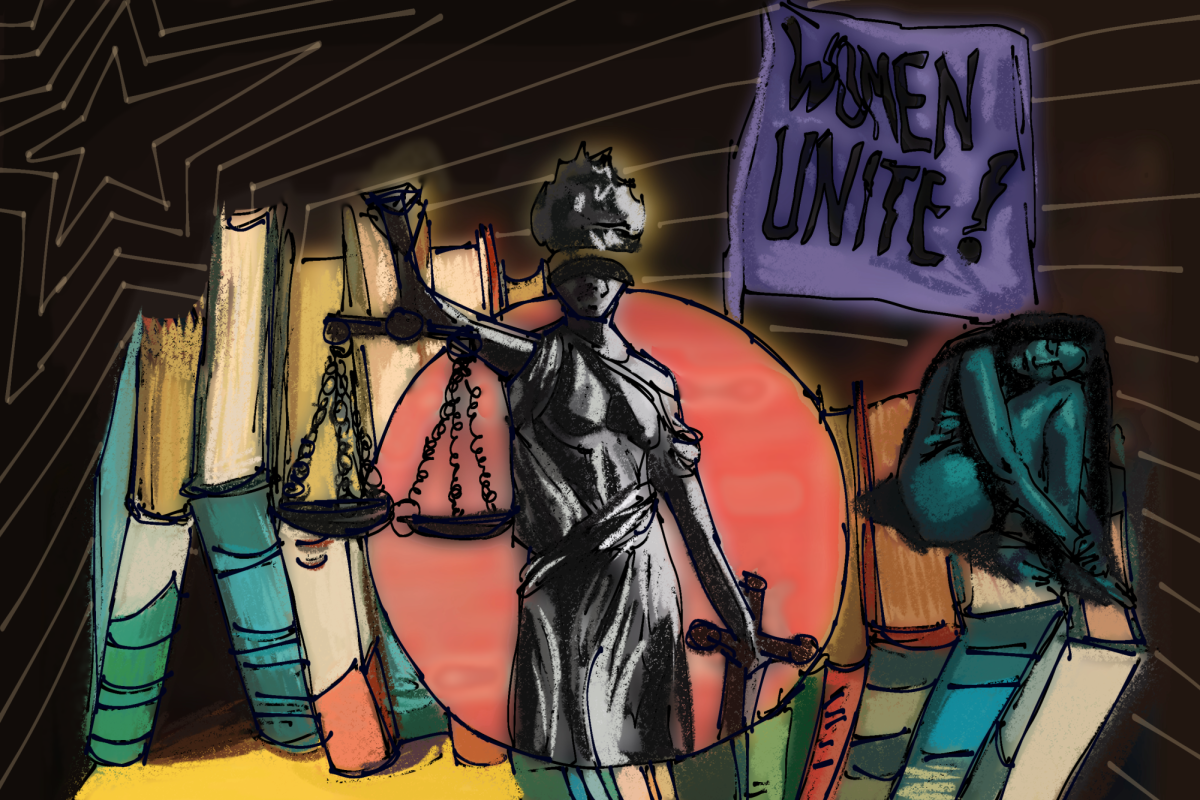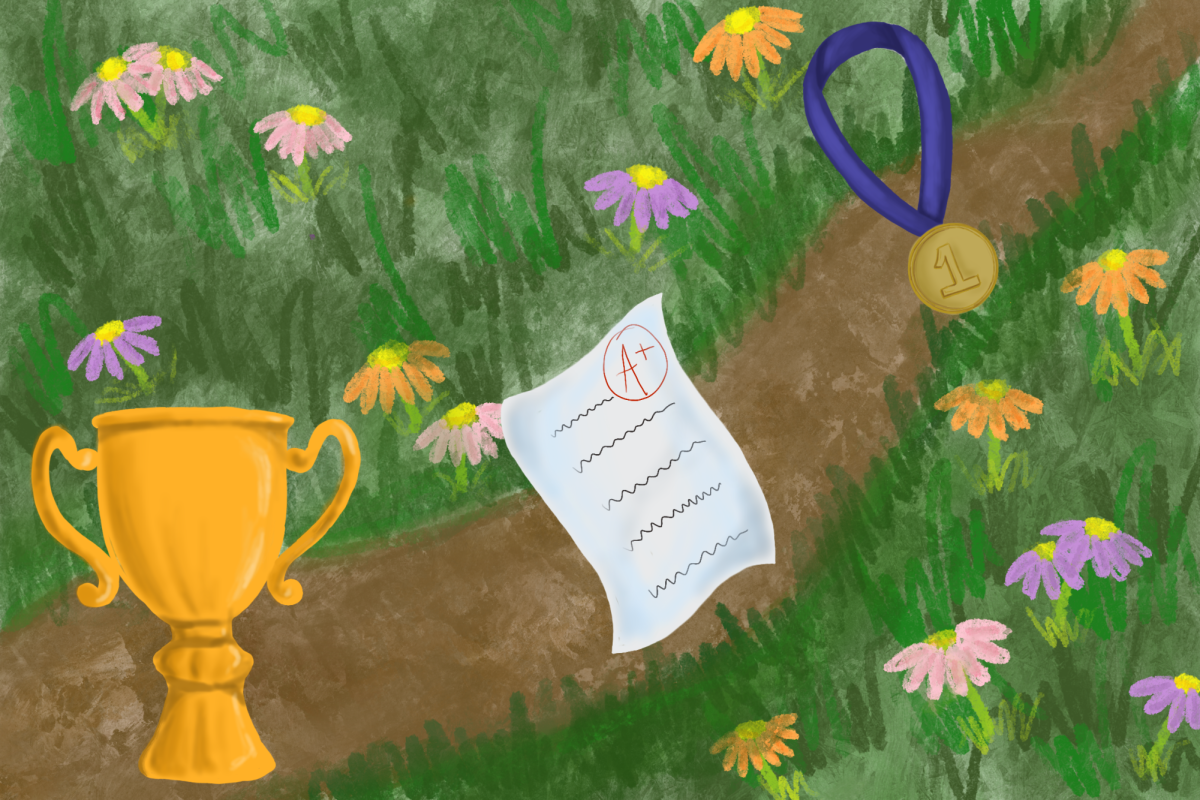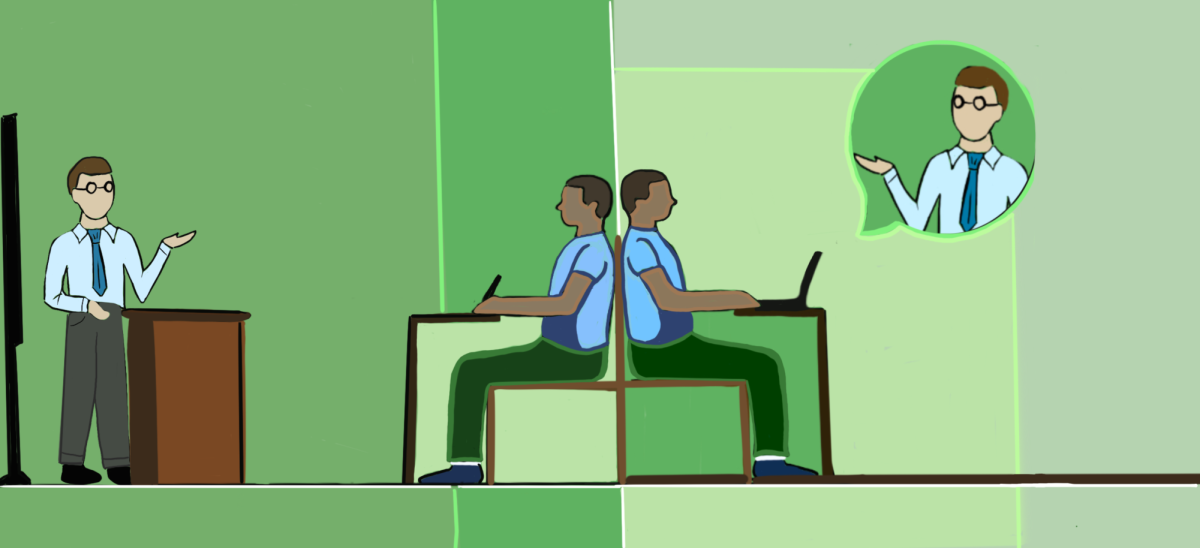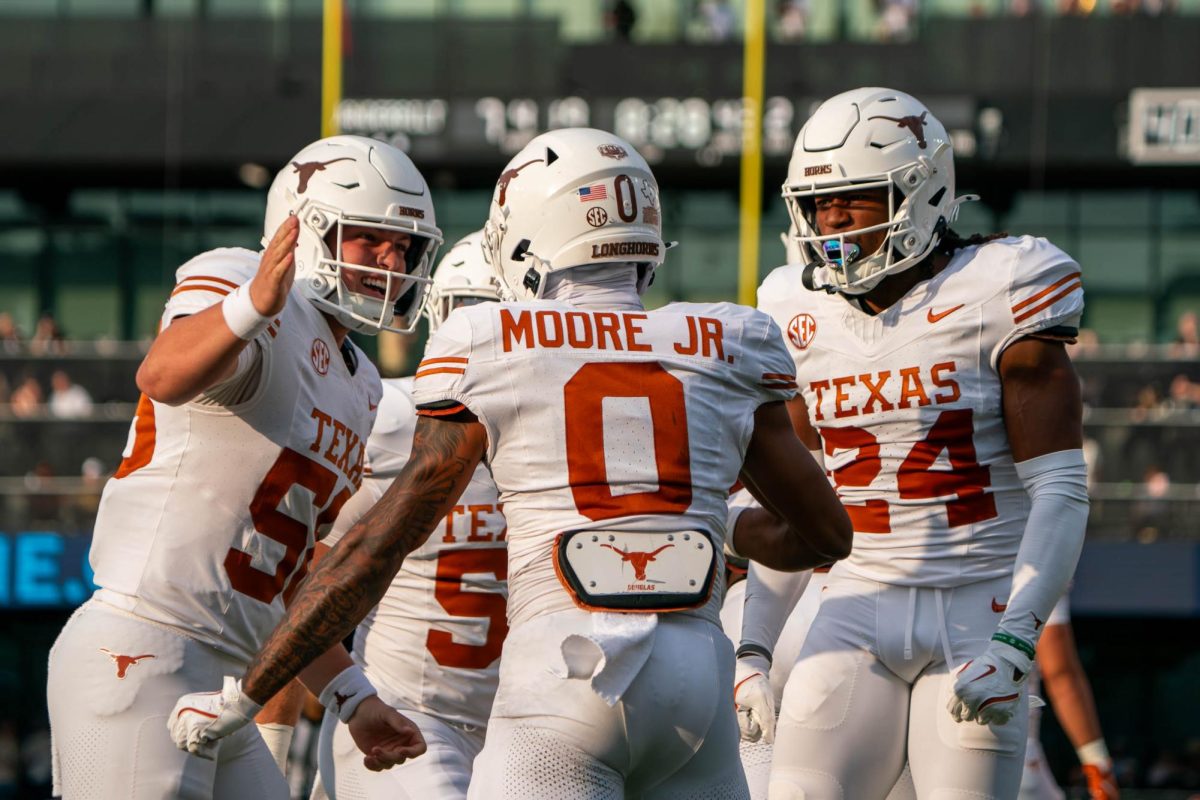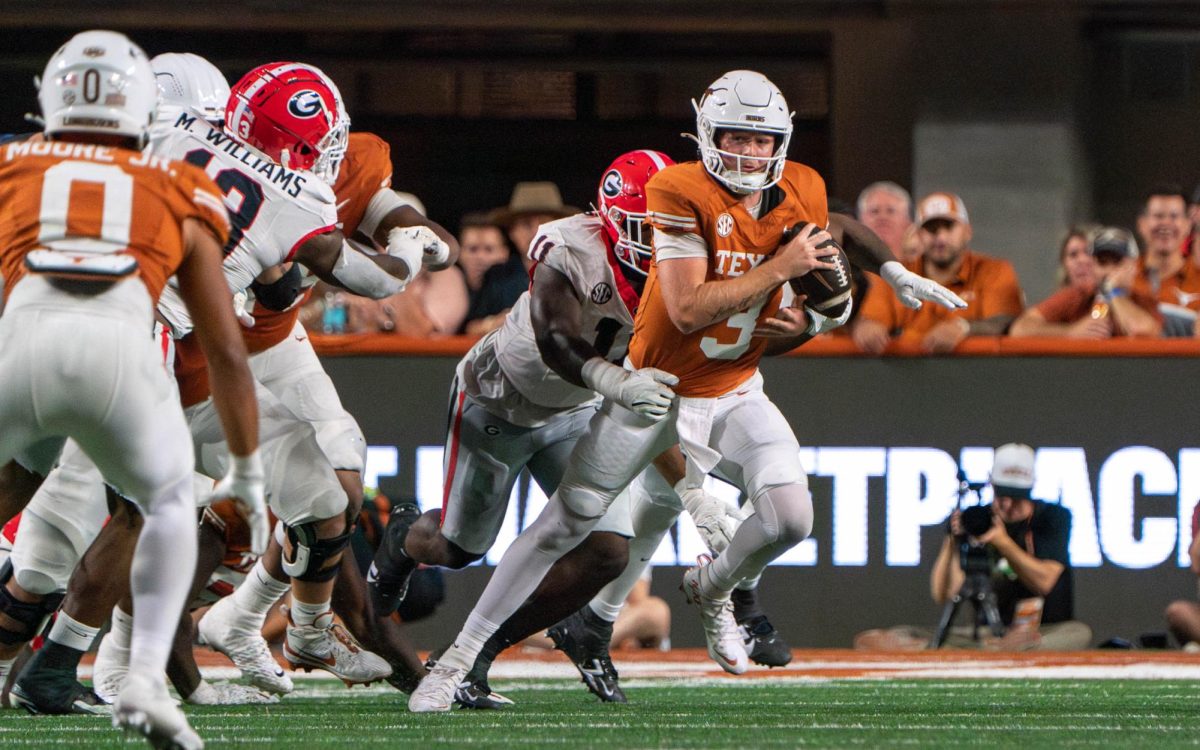The Austin City Council recently voted to extend parking meter hours throughout the city. Beginning in August, those wishing to park on streets downtown, the area surrounded by Lady Bird Lake, 10th Street, Lamar Boulevard and I-35, between 8 a.m. and midnight Monday through Saturday will need to pay a parking meter. This change is a significant departure from the current meter rules that only charge for street parking from 8:30 a.m. until 5:30 p.m. on weekdays and is intended to provide the city with revenue for infrastructure improvements.
Though paying for street parking downtown on weekends and at night is inconvenient and burdensome, the new rule can provide Austinites a chance to adjust away from comfortable habits and take advantage of other options available for commuting downtown. Moreover, in addition to increased city funds and improved infrastructure, the new rule
could lead to less traffic and fewer drunk driving incidents. But before anybody can benefit from the new parking meter hours, two obstacles must be addressed.
First, many are unaware of already available alternative options for getting downtown. This is an easy fix, though, we need better advertising.
Capital Metro actually offers six “Night Owl” special services routes. These routes run every day from midnight until 3 a.m.
All six Night Owl routes depart from Sixth Street and Congress Avenue, so the location is extremely convenient for those venturing downtown. The routes go throughout Austin, as far north as Lamar Street and Braker Lane and as far south as Manchaca Road and William Cannon Drive.
For those who live around campus, there is the “entertainment bus,” or e-bus, which also runs until about 3 a.m. on Thursdays through Saturdays. The e-buses are mainly geared toward UT students who live around campus, as the routes run only in areas where primarily UT students reside and boarding requires either a UT identification card or $1.
If Capital Metro somehow better informs the public about these services, then we could put them to greater use and those not wishing to pay for street parking would have a safe and affordable way to commute downtown.
The second problem is that the Capital Metro system is not accessible to all Austin residents, as those who live too far from the routes may not be able to take advantage of these services. This problem will be more difficult to address, but it should be discussed.
If Capital Metro increases awareness for downtown routes and sees that people actually use these services, then it could expand its reach to serve all who want to go downtown, regardless of where they may live.
Paying for parking downtown at night and on weekends may be a burden, especially for those who work downtown but cannot afford the parking or may not have time to go put more money in the meter. However, for those who can take advantage of mass transit services, these methods of transportation could provide an alternative to paid parking or drinking and driving.
There is no doubt that Austin is growing, so hopefully sooner rather than later we will all have even more alternatives for traveling throughout Austin. We may have to make some sacrifices, but riding on a bus and avoiding drunk driving is one that would ultimately benefit us all.
<em>Honorato is a journalism junior.<em/>

